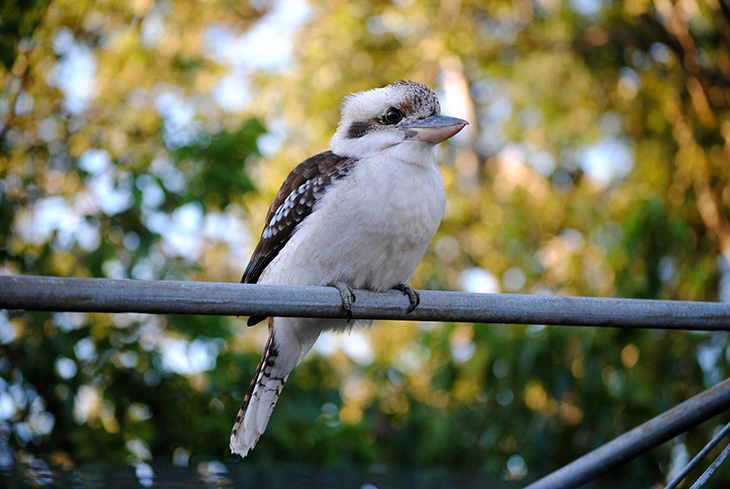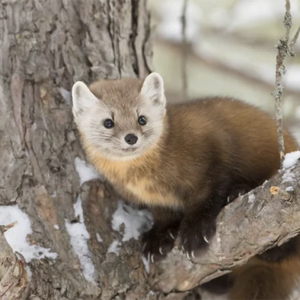
If one were to venture into the backyard of a residence in a bustling metropolitan area, the anticipated variety of plant and animal species might seem limited. However, a group of scientists embarked on an intriguing experiment to answer this very question. Residing in a suburban home in Brisbane, Australia, during the initial stages of the COVID-19 lockdowns, Dr. Matt Holden, a mathematician, Dr. Andrew Rogers, an ecologist, and Dr. Russell Young, a taxonomist, shared living quarters.
Their curiosity about the biodiversity within their own backyard sparked the idea of conducting a comprehensive species count. This endeavor took root when Dr. Rogers, while vacuuming cobwebs in his room, pondered the abundance of spiders on the property. Little did they know that their investigation would unveil an astonishing discovery – over 1,000 species of plants, animals, and fungi coexisting in their seemingly ordinary suburban environment. This unexpected richness highlights the intricate tapestry of life thriving even in the midst of a major urban center.
“We asked a large number of ecologists and conservation scientists how many species they’d expect to find in this setting and they predicted only 200,” said Dr. Holden, Rogers’ roommate. “But after 60 days of surveying, we’d already discovered 777 species.”
“It shows suburban houses and apartments could have far more biodiversity than ever imagined, especially when it comes to insects.”
Certainly, insects were the focus, but not the ones you might expect. Their research, transformed into a scientific paper featured in the journal Ecology, recognized 436 species of moths and butterflies, while only noting 56 distinct spider species.
Apart from the invertebrates, a total of 8 reptiles and 56 avian species, such as tawny frogmouths, laughing kookaburras, blue-faced honeyeaters, rainbow lorikeets, spotted doves, and the beloved Australian white ibis, were discovered by Holden and his team. Their residence, as described to the university press, was not merely a bachelor pad but rather a “complex ecosystem,” serving as a unique showcase of Australia’s biodiversity. Remarkably, this miniature ecosystem provided an opportunity to observe a diverse range of wildlife, eliminating the necessity to venture into the Outback for such experiences. The researchers expressed enthusiasm for the wealth of biodiversity thriving within the confines of their home during discussions with the university press about their experiment.
“The house was a complex ecosystem of species interacting—we stumbled upon the moth Scatochresis innumera, which as a caterpillar spends its whole time feeding inside the dung of a Brushtail Possum before emerging as an adult,” said Dr. Holden.
“The Parilyrgis concolor is another moth species whose caterpillar lives in spider webs and devours spider poop to survive. You don’t have to go traveling to connect with Australia’s diverse range of species, just look in your own backyard.”
Holden advised opting for indigenous and easily-maintained tree and shrub species while resisting the temptation to use pesticides for lawn maintenance, in order to safeguard the highest levels of biodiversity.
What are your thoughts? Please comment below and share this news!
True Activist / Report a typo


